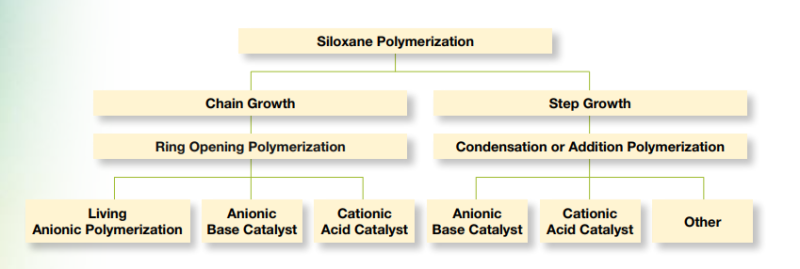Knowde Enhanced TDS
Identification & Functionality
- INCI Name
- Cosmetic Ingredients Functions
- Technologies
- Product Families
- Chemical Structure
- Product Highlights
- Vertasil® TM-VE1 is a unique hybrid fuid formed by adding a small siloxane segment to a natural tocopherol derived from soybean oil. The tocopheryl substituent adds skin treatment properties to the siloxane backbone while the siloxane component improves the slip and skin feel of the tocopherol. This unique structure enables the Tocopheryloxypropyl Trisiloxane to spread more readily than pure tocopherol and to act as a solvent for a number of mineral and vegetable waxes. Importantly, it can be used as a cosolvent to incorporate natural tocopherol into silicone-based formulations. TM-VE1 is recommended for use in skin care and lip products to provide softening, emollience and moisturization.
- Vertasil® Fluids High natural product content derived silicones. Vertasil® fuids are natural products modifed by incorporation of oligomeric siloxanes that offer reduced surface tension, increased spreadability and enhanced compatibility.
Features & Benefits
- Benefit Claims
- Labeling Claims
- Product Benefits
Hybrid Fluids combine the properties of organic materials with siloxanes in order to create structures that:
- Achieve unique skin feel
- Improve wear properties
- Improve solubility
- Lower surface tension
- Introduce a dimethicone slip with a light natural feel
- Allow greater formulation latitude
- Improve perfume retention
- Enhance dispersion of pigments and fllers
- Offer compatibility with natural cosmetic ingredients
- Features
- Emolliency
- Solubilize
- Improves water resistance
Applications & Uses
- Markets
- Color Cosmetic Applications
- Skin Care Applications
Properties
- Physical Form
- Appearance
- Amber colored liquid
- Odor
- Slight characteristic
- Soluble in
- Cyclopentasiloxane, Octyldodecyl Stearate, Triisostearyl Citrate, Myristyl Methicone, Hydrogenated Polydecene, Ethylhexyl Palmitate, Dimethicone (/100cSt), Dimethicone (/10cSt)
- Insoluble in
- Castor Oil
- Typical Properties
| Value | Units | Test Method / Conditions | |
| Refractive Index (at 25°C) | 1.472 | — | — |
| Viscosity (at 25°C) | 700.0 | cSt | — |
Technical Details & Test Data
- Technical Background

- A variety of technologies are employed by Gelest to combine natural and organic functionality with siloxane structures to form new hybrid polymer architectures. The introduction of natural or organic components into siloxanes usually constitutes initiation, termination, graft copolymer and block polymerization methods.
- In another sense, these materials are simply examples of the possibilities this technology platform offers for innovation. Hybrid Fluids extend the range of organic and natural products by introducing alternating silicon and oxygen bond segments into their structure.
- The alternating silicon-oxygen segments have exceptionally low barriers to rotation leading to molecular fexibility. The result is that the desirable characteristics of organic and natural products are extended greater emolliency, wider ranges of liquid behavior and broader formulation options.
- The ability of Hybrid Fluids to cross compatibility barriers not only allows them direct applicability in both organic and silicone formulations but allows them to act as co-compatibilizing additives.
- A useful illustration to distinguish the difference of pure organic systems with siloxane systems is to consider the differences between polyisobutylene and polydimethylsiloxane. The molecular scaffold of polyisobutylene is constrained by the rotational barrier of the carbon-carbon bond, 3.3 kcal/mole, while the molecular scaffold of polydimethylsiloxane is essentially unconstrained since the rotational barrier of the silicon-oxygen bond is essentially zero.
- The carbon-carbon bond is also shorter than the siliconoxygen bond, resulting in more tightly packed molecular structures for pure organics. Among other effects, siloxanes allow permeation of moisture and oxygen. At the same time, the strength of the silicon-oxygen bond is greater than the strength of the carbon-carbon bond.
Packaging & Availability
- Standard Packaging
- 25 g
- 1 kg
- 15 kg
Storage & Handling
- Storage Conditions
Vertasil® TM-VE1 should be stored between 5-30°C in the original container closed tightly.

